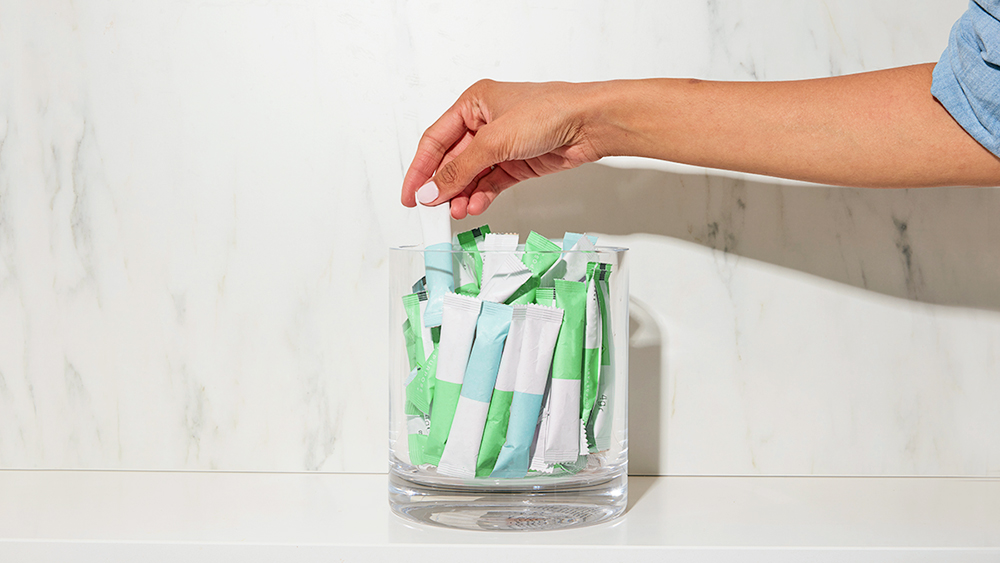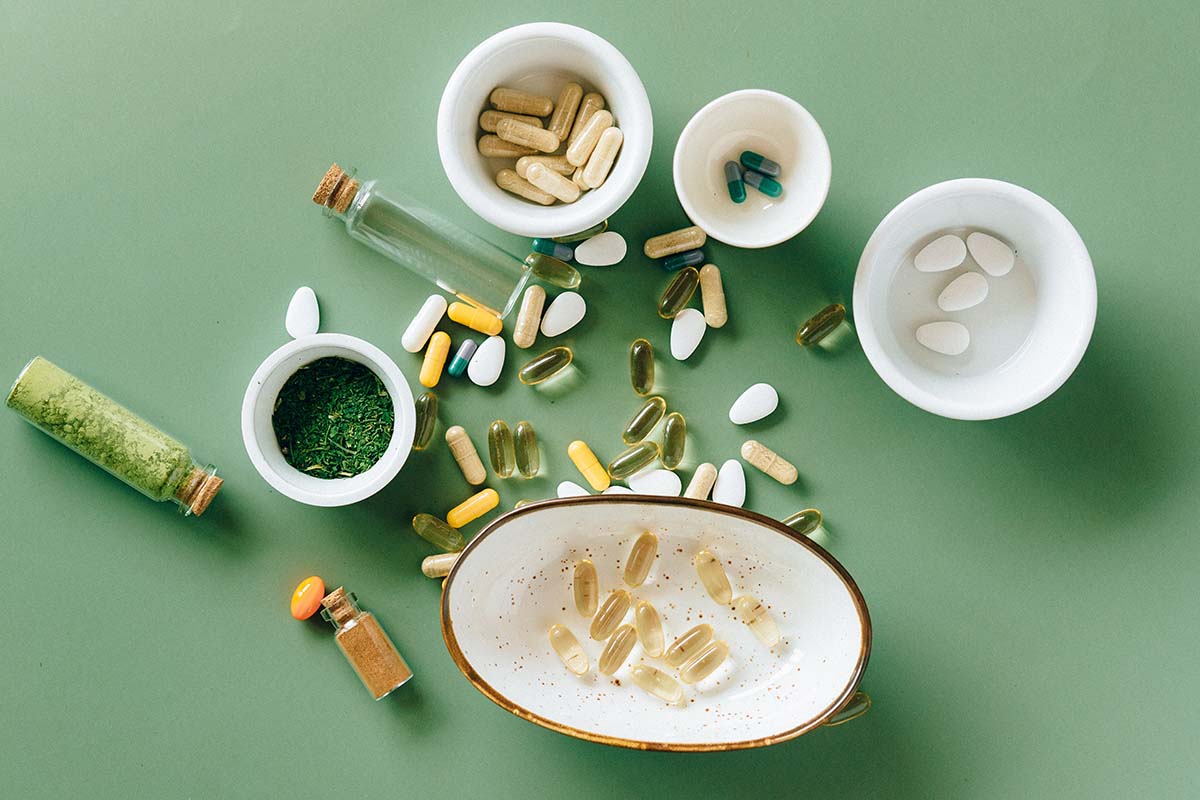Recent Posts
- Home
- Elevate Blog
- Sustainable Packaging Design: Form Factor
Sustainable Packaging Design: Form Factor
Posted on

“Whether it be the sweeping eagle in his flight, or the open apple-blossom, the toiling work-horse, the blithe swan, the branching oak, the winding stream at its base, the drifting clouds, over all the coursing sun, form ever follows function, and this is the law.”
- Louis H. Sullivan
Form is the outer surface of an object. It incorporates the physical properties and the physical space an object takes up in the world. It is what people see and interact with at every stage of an object's lifecycle.
Packaging form is influenced by the product it contains, how a consumer will interact with it, the way it will be stored and transported (both empty and filled with product), and what will happen to it after it is used.
The physical design of your packaging should protect your product from damage, as well as optimize the use of materials and energy. Packaging that is the wrong size or shape can increase storage and transportation costs. The wrong packaging form can damage your products, produce extra waste, and cause frustration for customers.
Which Packaging Form is Best?
Packaging design is particularly interesting because not only does it have its own distinct physical properties, but it also must consider the form of the product it is designed to contain.
As an example: packaging supplement capsules in a bottle makes sense at first glance. Plastic bottles are strong and protect contents, while also being cheap and lightweight. They have caps to preserve product shelf life, while still allowing the consumer to access the contents. For this reason, plastic bottles are considered to be the standard protective packaging for health and wellness products.
What are the basic functional requirements for health supplement packaging?
- Protection and preservation of the product: First and foremost supplement packaging must protect the product inside from physical damage, as well as degradation caused by oxygen and moisture.
- Consumer convenience: Customers must be able to easily access and store the product.
- Storage and transportation: The packaging should be efficient to store and transport, both when filled with product and when empty.
- Marketing: The packaging should be able to attract customers to the brand.
When you look at this list, does it require a rigid plastic bottle?
Function, form, and material are interrelated. A rigid material may limit the form of your packaging, and the form of your packaging affects the entire product life-cycle! A plastic bottle may protect and preserve contents, but is it the most efficient form of packaging for storage and transportation?
Would a flexible pouch be better than a rigid bottle? A pouch is certainly more lightweight and significantly more efficient to store than a rigid bottle. Flexible pouches are durable to protect and can incorporate a barrier layer to preserve their contents. They are convenient to use, and easy to customize and print to attract customers.
Flexible packaging has become an increasingly popular form of packaging because it efficiently fulfills multiple functions. But what about sustainability?
Petroleum-based plastic is often used to create flexible packaging. While the form of this type of packaging requires fewer resources to produce, plastic film is not accepted by most curbside recycling bins. Even if it was, research has found that the majority of plastic is not being recycled.
The form and physical attributes of packaging affects the entire supply chain and product life-cycle, including sustainability and end-of-life.

Sustainability and Form Factor
Form follows function is a design principle which states that an object should primarily relate to its intended function or purpose. While this principle was originally created in reference to architecture, it can apply to all facets of sustainable and humanity-centered design.
“When we design for humanity, we cannot stop with people. We must consider the entire globe: all living things, the quality of the land, water, and air. The loss of species. The changes in climate. We are an integral part of the system called “Earth,” where changes in one component can impact every component.”
- Excerpt from Design for a Better World, Don Norman
While the core function of packaging is to protect the product it contains, it has additional functions that affect sustainability at different stages of its life-cycle.
The most sustainable packaging form should fulfill all functional requirements. Compostable flexible packaging has all the benefits of flexible packaging, and has the additional benefit of being sustainable after it is used. Instead of ending up in landfill, it is used to create beneficial compost!
Want to make the switch to compostable pouches? Connect with one of our packaging experts
Contact Us
 Loading... Please wait...
Loading... Please wait...


